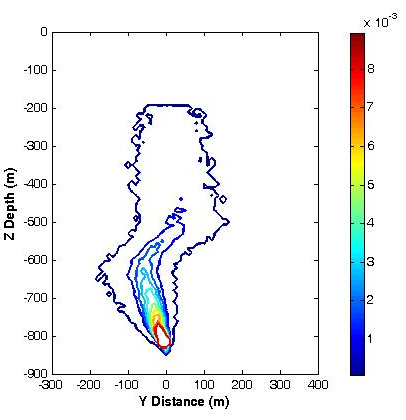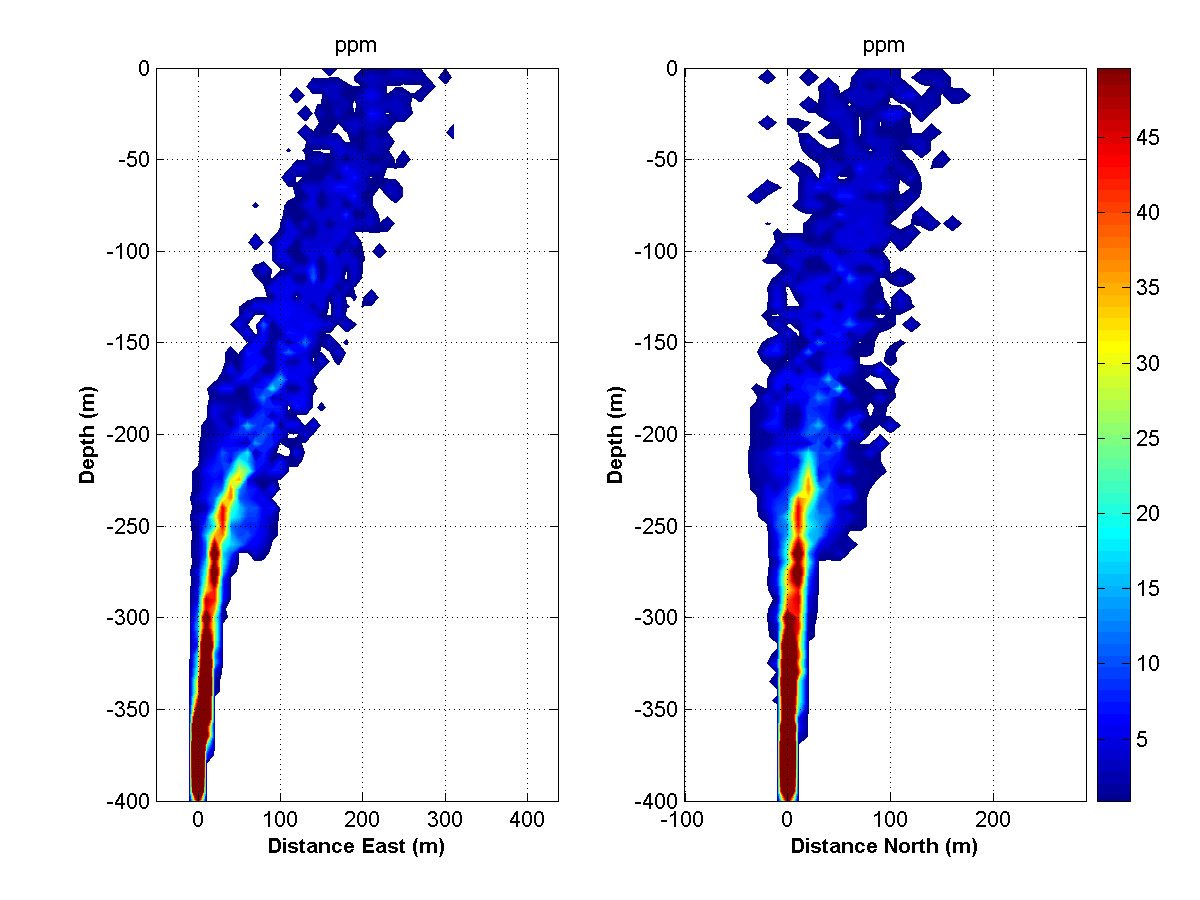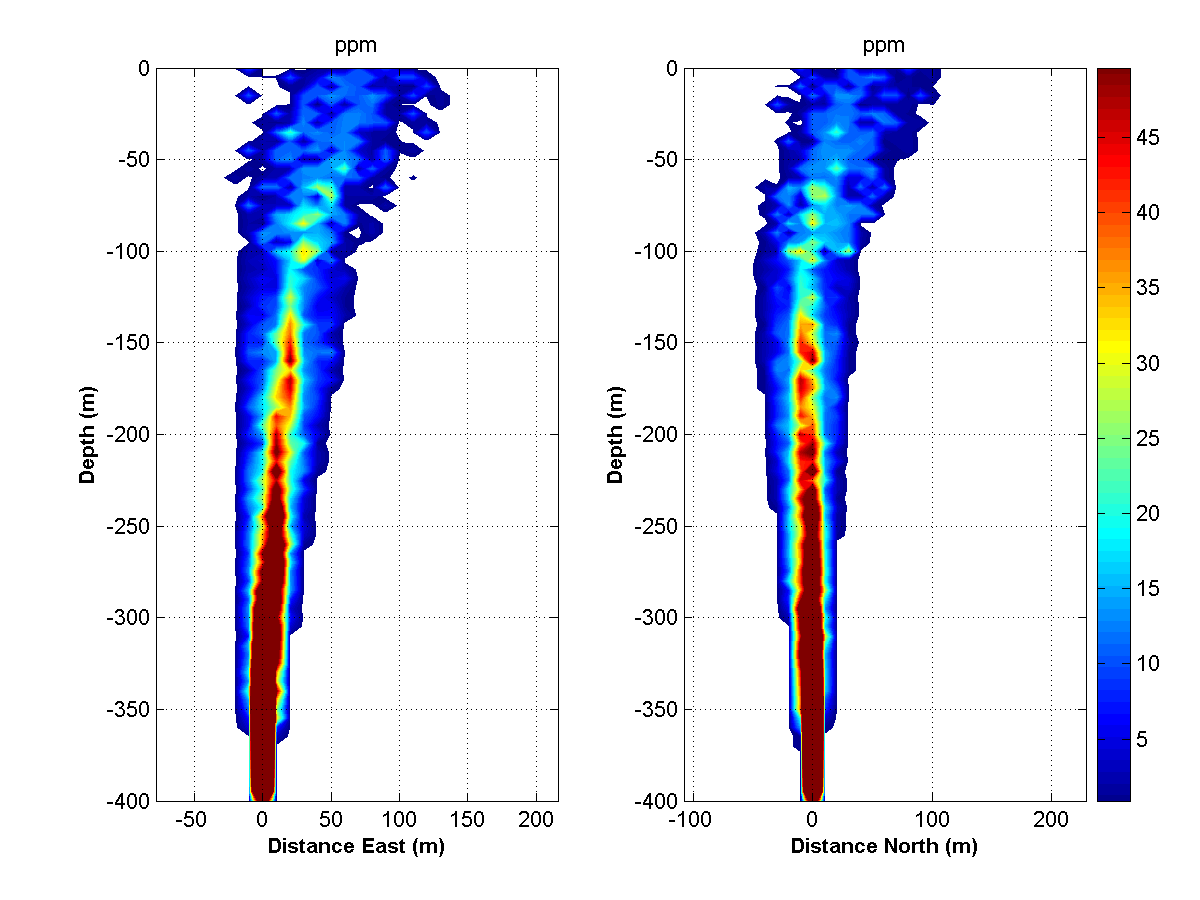
Poojitha D. Yapa
Professor of Civil and Environmental Engineering
Wallace H. Coulter School of Engineering
Clarkson University
A model to simulate MEthane GAs in DEEPwater (MEGADEEP)

MEGADEEP was developed to comprehensively simulate the transport and fate of gases and hydrates released in deepwater. The model treats the transport of gas/hydrate in two stages. Initially, when a large amount of gas is released, the interaction between gas and ambient water requires that the plume dynamics be taken into account (PD stage). The model takes both momentum and buoyancy into account, but for simplicity, we will refer to it as a plume. In the PD stage, the plume fluid is considered as an integral Control Volume (CV) that consists of a large number of bubbles of different sizes mixed with water. Gases, because they are much lighter than the rest of the plume fluid, move at a different speed known as slip velocity, equal to the buoyant velocity of the gas bubbles within the CV (Yapa and Zheng 1997).This is accounted for in the model. Gas separates from the main plume when it is sufficiently bent due to a cross current (Socolofsky and Adams 2003).
As the plume moves upward, it loses momentum and buoyancy due to entrainment of ambient water, drag force, gas separation, and the conversion of gas into hydrates. At a certain stage, the dynamics of the plume are no longer important and the gas/hydrate bubbles begin to follow advection-dispersion combined with their own buoyant velocity (AD stage). In both stages, thermodynamics and gas/hydrate related processes are taken into account.
The model formulation is described in 3 sections (Yapa et al. 2010): PD Stage, AD Stage, and gas and hydrate specific physico-chemical processes. The following gas and hydrate specific physico-chemical processes are applied in both PD and AD stages: gas dissolution; hydrate formation; mass transfer rates; heat transfer rate; hydrate dissociation; hydrate dissolution; multiple gas bubble sizes; and possible gas separation from the main plume. The model takes into account spatial and temporal ambient density stratification due to salinity and temperature.



Experimenting, Developping Models and Sharing Knowledge on Deep Water Oil Related Problems for more than 20 Years

Clarkson University has a worldwide reputation for its leading oil and gas computational research More >>
Contact
- E-mail:
- pdy at clarkson dot edu
- Telephone:
- 315-268-7980
- Fax:
- 315-268-7985
- Address:
- Clarkson University
Box 5710,
130 Rowley Laboratories, Potsdam,
NY 13699-5710 U.S.A.